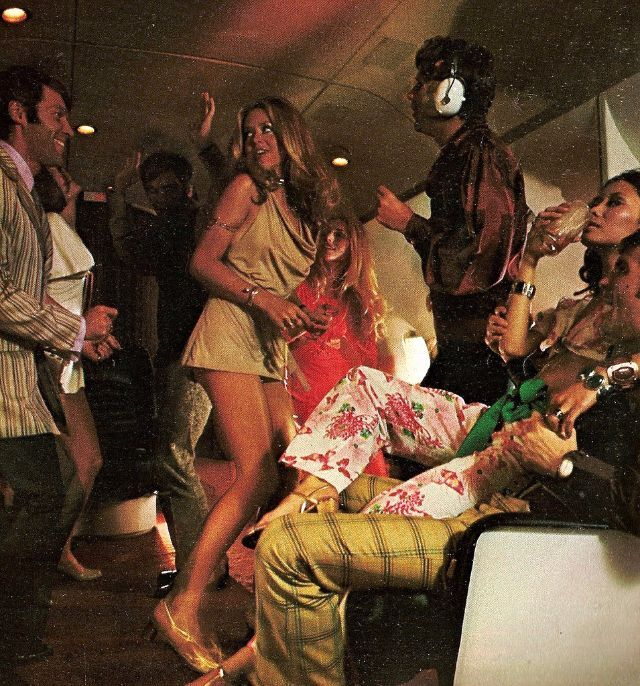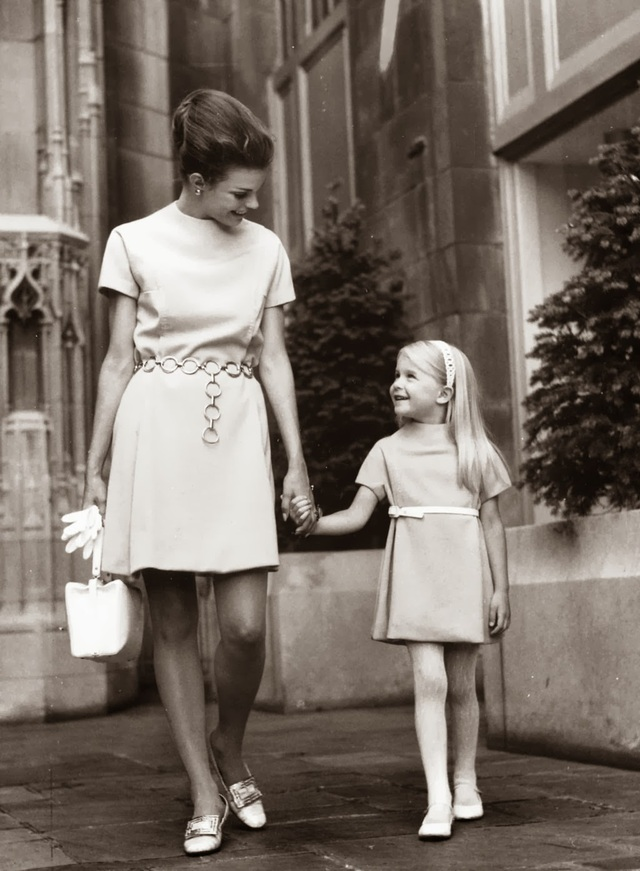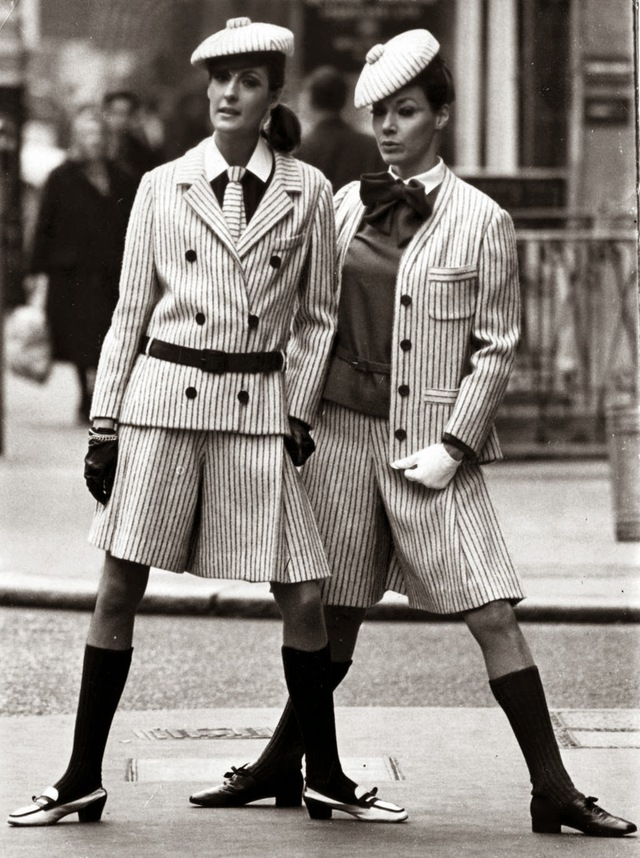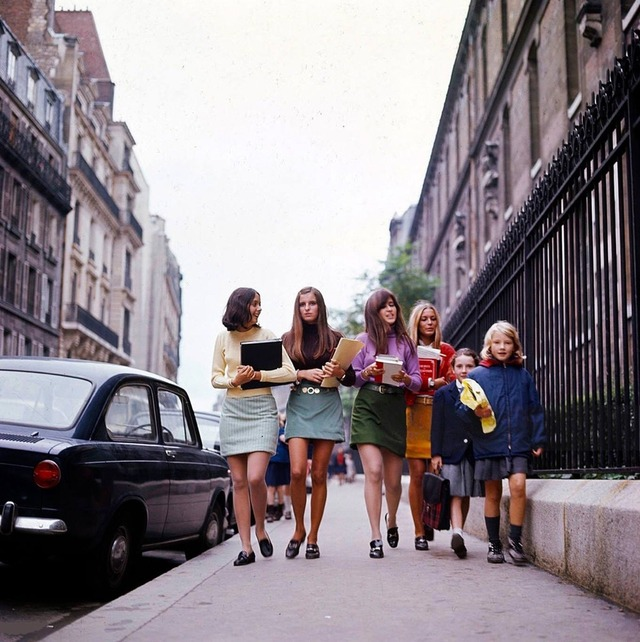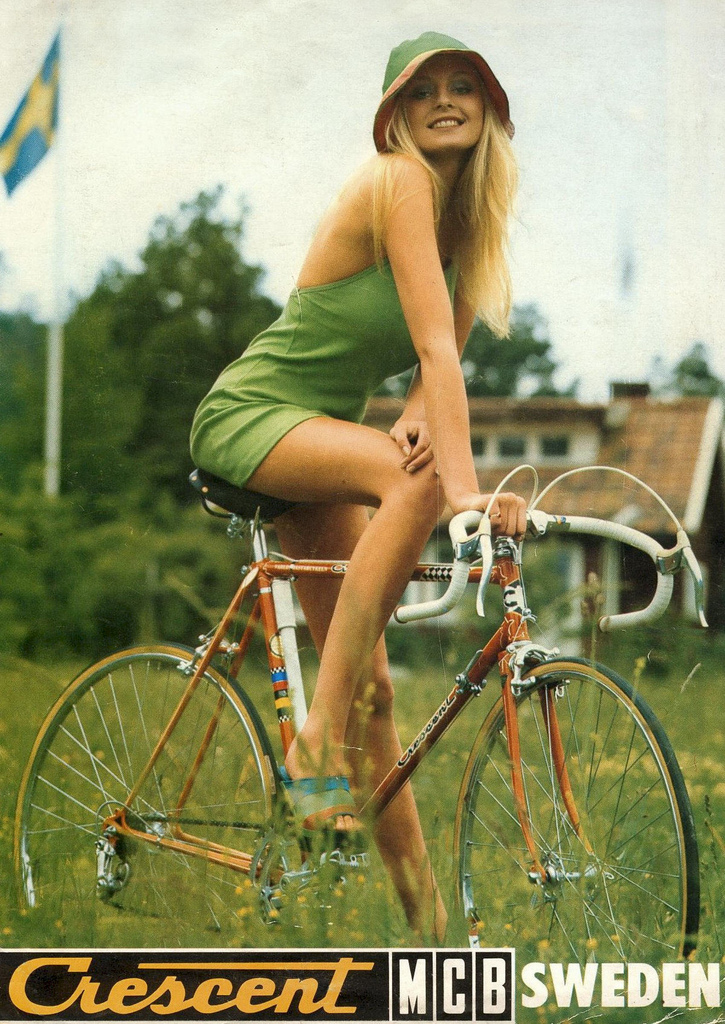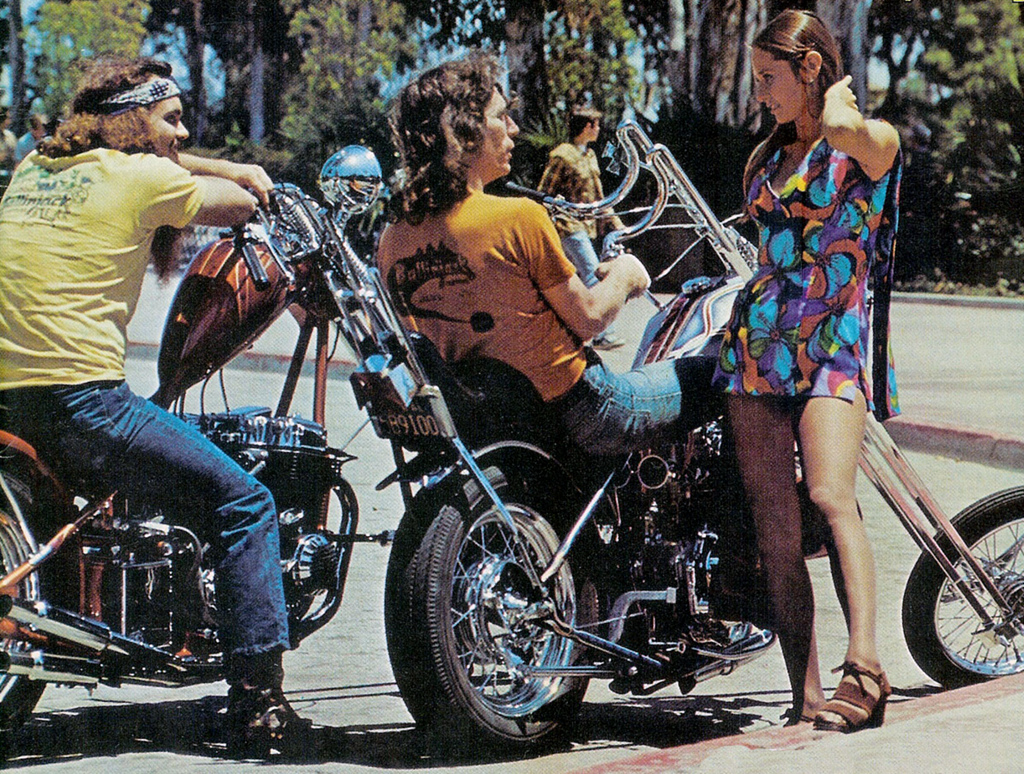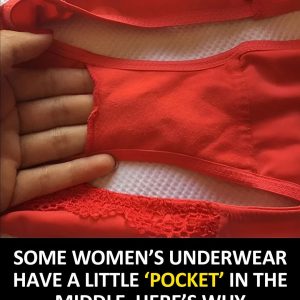In the ever-spinning world of fashion trends, few garments have made a splash quite like the miniskirt. It’s bold. It’s daring. And it’s never really gone out of style. But here’s the thing—it’s more than just a short skirt. It’s a symbol of rebellion, liberation, identity, and power. From ancient artifacts to modern-day catwalks, the miniskirt has danced through history like a fearless icon, rewriting the rules of what women wear—and why they wear it.
Before the Swinging Sixties: The Ancient Roots of a Modern Icon
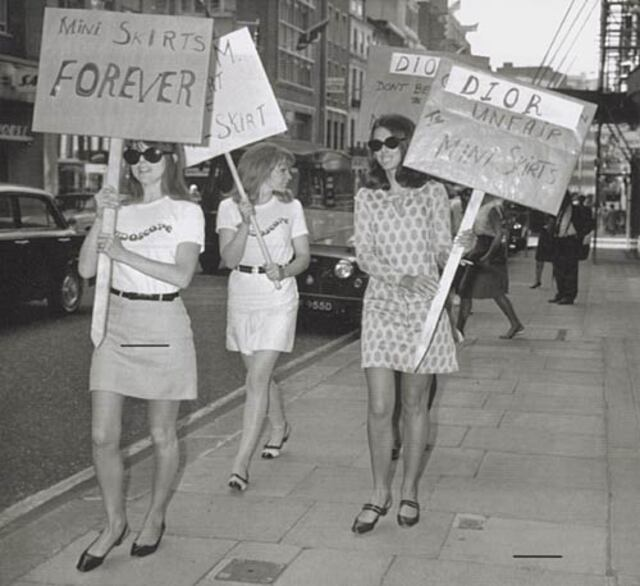
Think the miniskirt was born in a 1960s London boutique? Think again.
Archaeologists have uncovered depictions of miniskirt-like garments going back to 5400 B.C. Yep, you read that right. Ancient European and Egyptian figures show women wearing short, thigh-baring skirts, long before Vogue ever ran a fashion column. These early forms weren’t about trends—they were cultural, practical, and, perhaps surprisingly, empowering.
Even in the ancient world, clothing that revealed more than it concealed carried weight. It spoke of confidence, of status, or maybe even defiance. That’s the kind of legacy the miniskirt inherited.
Video: Watch the video 1960s Style: What Women Wore in 1960s America to explore the iconic fashion trends that defined the era
A New Century, A New Attitude: Breaking Free from Constriction
By the early 1900s, the world was still wrapped in corsets and floor-length skirts. Women were expected to be demure, delicate, and dressed to please—usually someone else. Clothing was less about expression and more about control.
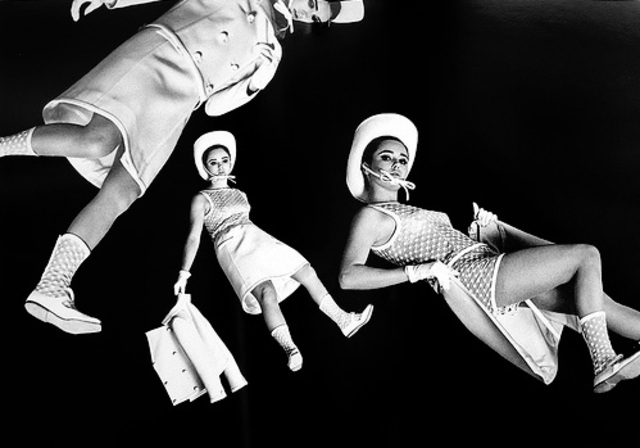
But the 1920s flapper era cracked that code. Shorter hemlines, bobbed hair, and androgynous silhouettes sent shockwaves through society. Women were finding their voices, demanding rights, and finally moving—physically and socially—with more freedom. The miniskirt wasn’t quite born yet, but the stage was definitely set.
The 1960s: When the Hemline Sparked a Revolution
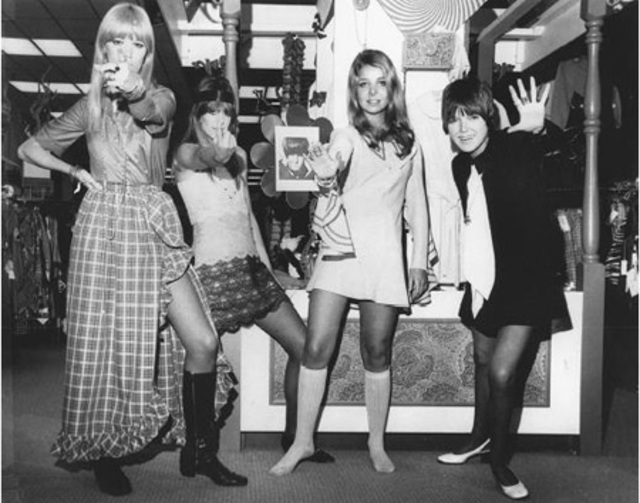
Now here’s where things get wild. The 1960s were electric. Youth culture was surging, civil rights movements were erupting, and women were officially done playing by outdated rules. Enter: the miniskirt.
Mary Quant, the British fashion designer often credited as the mother of the miniskirt, didn’t just raise the hemline—she raised eyebrows, expectations, and excitement. Inspired by the fast, fun energy of London’s Carnaby Street, she introduced a new silhouette that showed leg and showed attitude. She even named the skirt after her favorite car: the Mini.
The miniskirt wasn’t just fashion. It was a megaphone. It shouted independence. It whispered rebellion. It danced through the streets with unapologetic joy.
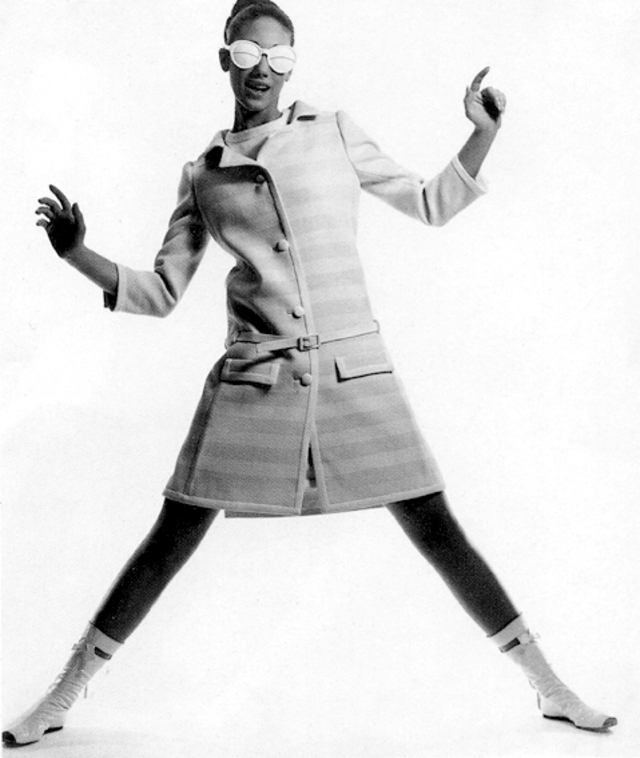
Mary Quant and André Courrèges: A Tale of Two Trailblazers
While Mary Quant gets a lot of credit (and rightly so), French designer André Courrèges deserves a standing ovation too. In 1964, he sent sleek, futuristic miniskirts down the runway—turning haute couture on its head.

Where Quant brought fun and youth to the high street, Courrèges added elegance and structure to the movement. His space-age aesthetic helped the miniskirt leap from the underground to the glossy pages of fashion magazines across the globe.
No matter who did it first, one thing’s for sure: together, they made the miniskirt unstoppable.
Feminism Meets Fashion: The Miniskirt’s Powerful Message
Video: Watch the video 1960s: The Rise of the Mini Skirt to dive into the fashion revolution of the decade.
By the late ‘60s, the miniskirt had become more than a trend—it was a statement. As second-wave feminism gained momentum, women claimed control over their bodies, their choices, and yes, their clothes. The miniskirt offered a visual rebellion against the conservative past.
Critics tried to shame it. Moralists called it scandalous. But women kept wearing it—not for anyone else’s gaze, but for their own empowerment.
To wear a miniskirt was to say: “I choose who I am.” And that message resonated.
From Punk to Power Suits: Reinvention in the ‘70s, ‘80s, and ‘90s
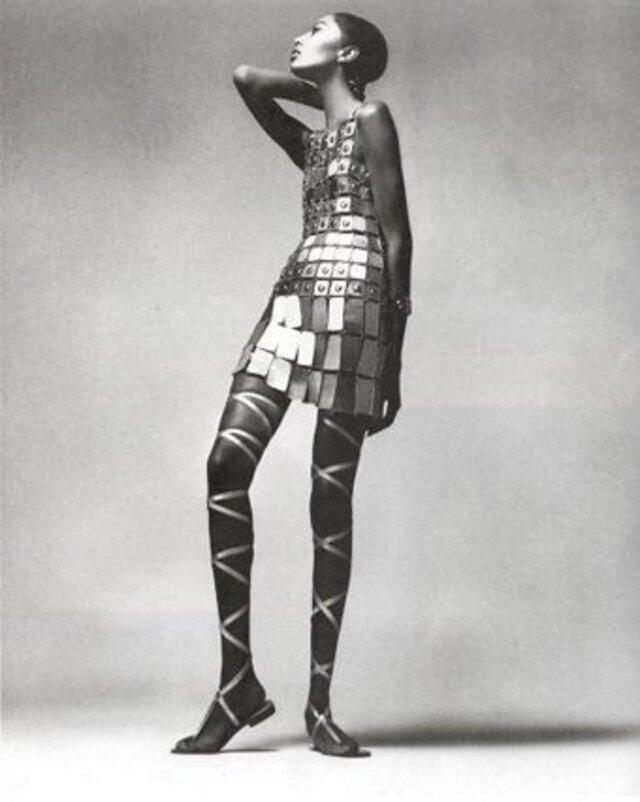
By the mid-1970s, hemlines dropped as the world grew weary of war and unrest. The maxi skirt reigned for a bit, but the miniskirt wasn’t down for long.
Punk icons like Debbie Harry revived it in a gritty, rebellious form—think leather jackets, fishnets, and fearless energy. Then in the corporate-powered ‘80s and ‘90s, women gave it a polished makeover. The miniskirt became office-friendly, paired with blazers and heels. It said: “Yes, I’m stylish—and yes, I’m in charge.”
Whether it was edgy or elegant, the miniskirt kept evolving, always adapting to the mood of the times.
The 21st Century: The Miniskirt Refuses to Be Tamed
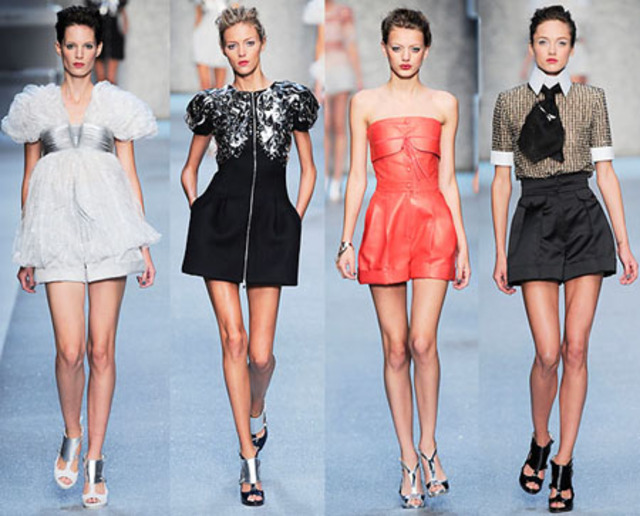
Fast forward to today, and the miniskirt is still strutting its stuff. It’s been on TikTok, red carpets, and everyday sidewalks. It comes in denim, leather, plaid, sequins—you name it. Some versions are micro-mini, while others just skim the knee. But the attitude? Still fierce.
Fashion retailers around the world continue to embrace the miniskirt as a seasonal must-have. Brands from high-street favorites like Zara and H&M to luxury labels like Miu Miu keep reinventing it, proving its timeless appeal.
And the best part? It’s no longer limited to one age, body type, or gender. The miniskirt has become a universal symbol of style and self-expression—no apologies necessary.
Gallery: Iconic Miniskirt Moments Through the Decade
Take a visual journey through time as the miniskirt transforms—from its bold introduction in the 1960s, to its rebellious punk edge in the 1970s, and its sleek, corporate reinvention in the 1980s. These timeless images highlight how the miniskirt continually evolves while staying culturally relevant across generations.
